Grove Farm Newsletter – May 2021 Edition
As a 501(c) (3) non-profit organization, the Grove Farm Foundation is focused on building communities through supporting educational enrichment opportunities; promoting employee volunteerism; enhancing and protecting the environment; assisting health and human service projects; and creating economic opportunities for Kauaʻi’s sustainable future.
Despite distance and remote learning, this year’s pool of applicants was again comprised of highly qualified students. Twenty-nine applications were received from all three public high schools. Interviews were conducted in-person, and awardees were selected from Waimea and Kauaʻi High School.
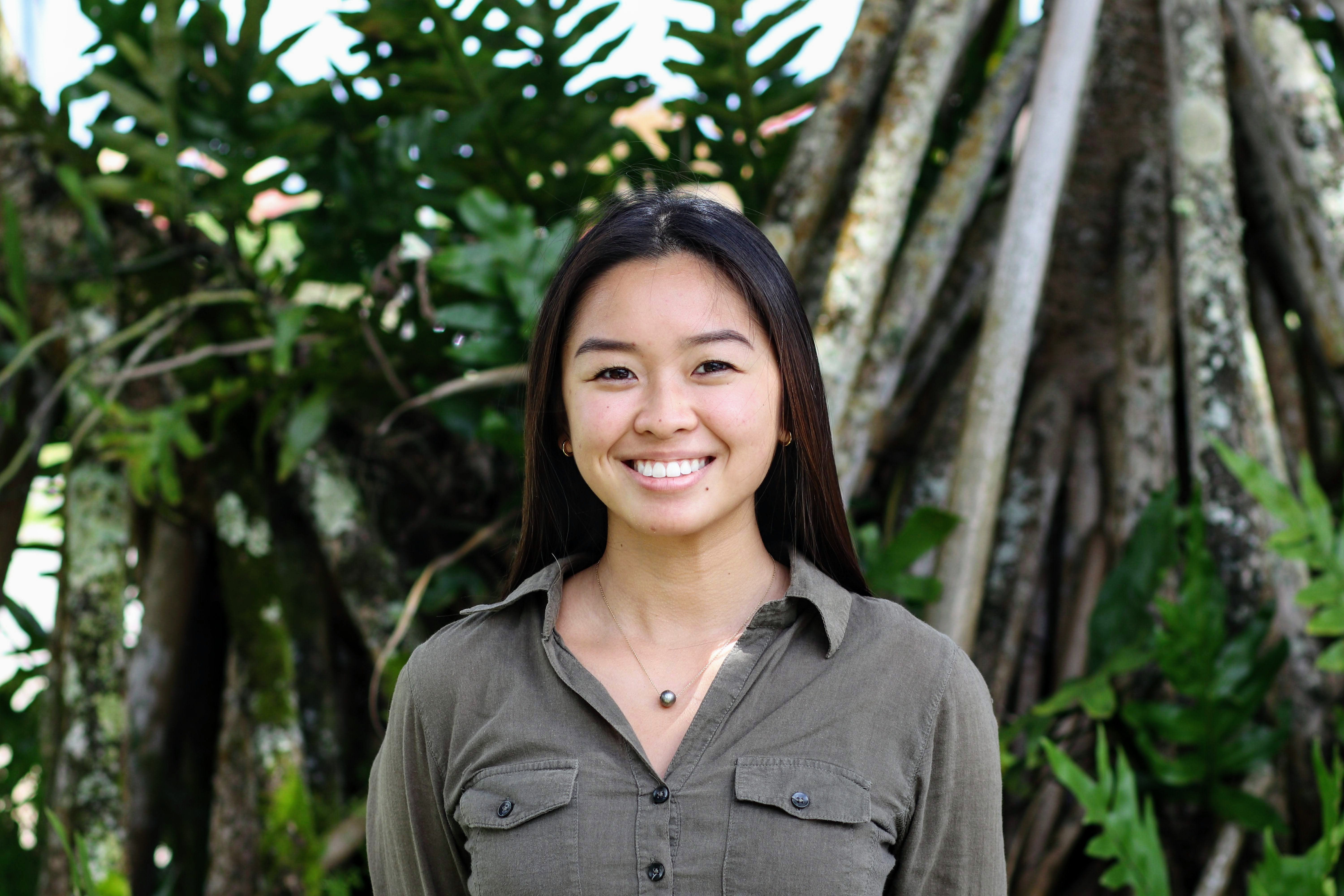
Leonila Fulgencio, Kaua‘i High, plans to attend California State University at Long Beach with aspirations of studying nursing. In addition to graduating at the top of her class, she was involved with Health Occupations Students of America (HOSA), Nature Club, Leo Club, and the Kaua‘i to College Bridge Program. She is passionate about helping others. During the pandemic, she was proactive in finding ways to serve, including sewing masks andcoordinating a clothing drive at her school. Leonila is also the younger sister of 2019 scholar Mayumi Fulgencio.
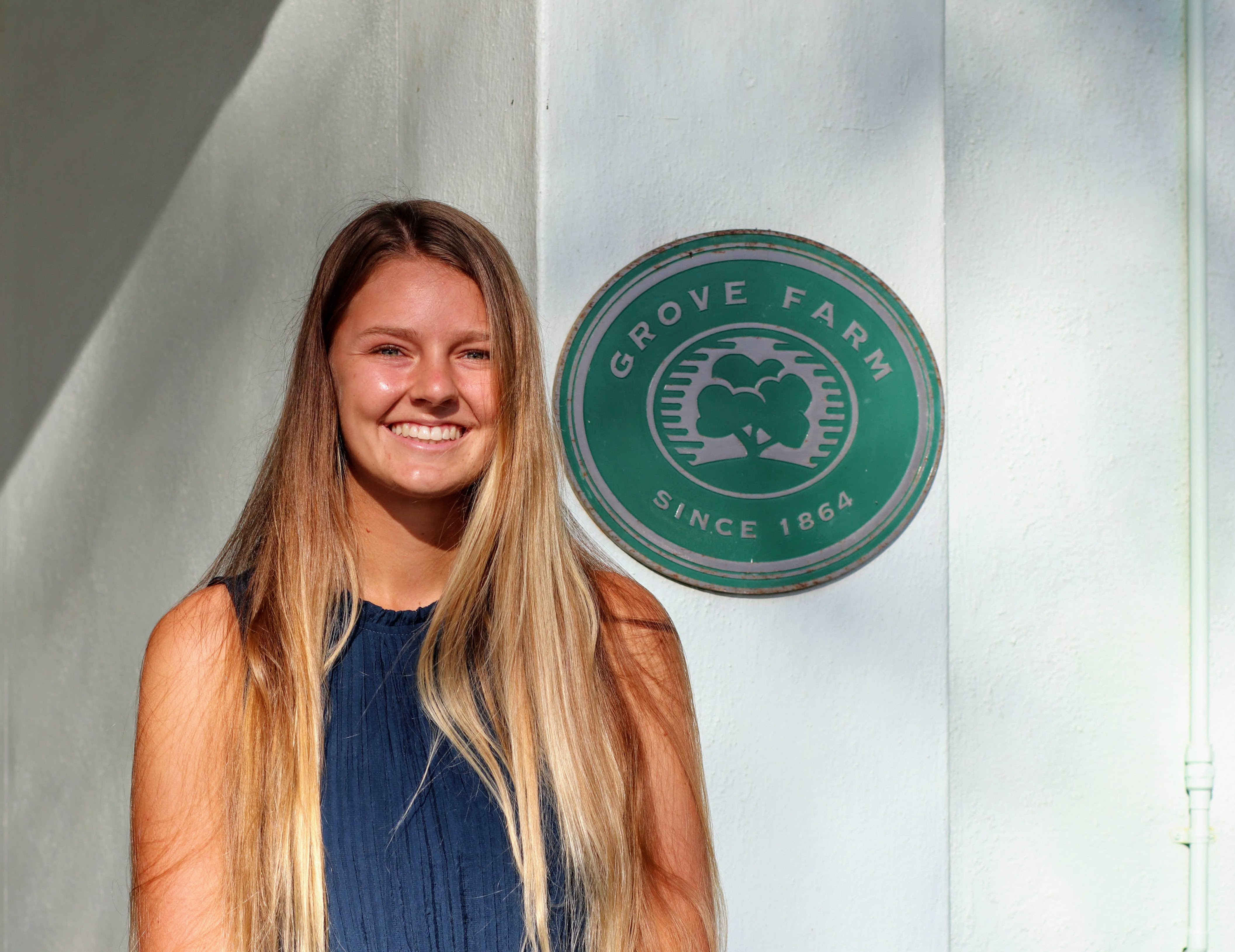
Kepler Niccore, Waimea High, will be attending Westmont College in Santa Barbara, California, where she plans to major in Applied Physics and Clinical Psychology with a minor in Creative Writing. Throughout high school, Kepler was a talented athlete, playing volleyball and soccer. She describes herself as an adventurist, creative, intentional, and is proud to be a part of the westside community/culture. She organized a ‘pick-up’ volleyball league during the pandemic to give kids an outlet while there were no school sports.
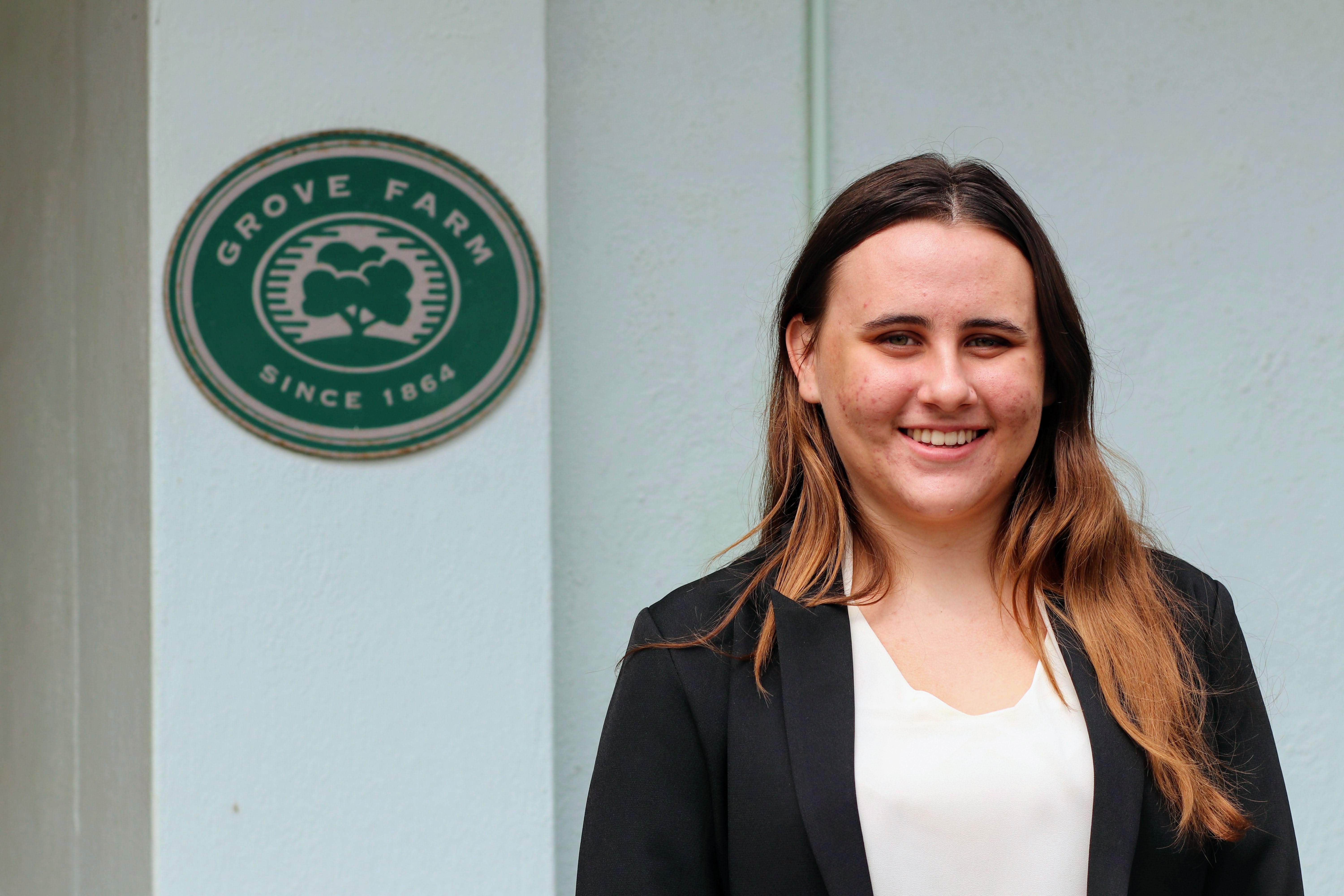
Zsa Zsa DuBose, Waimea High, plans to study Economics at Trinity University in San Antonio, Texas. She strives to lead by example and lives by the motto, ‘go for it.’ As such, she was actively involved in JROTC as Battalion Commander as well as Student Body Treasurer. Once she gets her degree, she would like to work in the government or the private sector.
Each student will receive $20,000, which will be distributed over four years. Recipients must contribute 30 hours of community service each year. Since its inception, the Grove Farm Scholarship Program has committed $720,000 directly to Kauaʻi public high school students.
A Tribute to Educators and Students
Grove Farm would like to take this opportunity to thank our teachers for their unwavering commitment to educating our youth. Our youth must also be commended for their resiliency and ability to adapt during these unprecedented times.
Since 2017, we have worked closely with educators from Kaua‘i and O‘ahu in developing the Grove Farm Educational Modules, a comprehensive educational program on sustainability that exposes students to a variety of sites across Kaua‘i. To date, nearly 2,000 principals, teachers and students have participated in the Educational Modules program, and a packed 2020 schedule was expected.
COVID shutdowns brought programs such as this to a screeching halt, but time does not stop. Education of our youth must continue, and it did, via virtual classrooms. With only days to plan,educators and students were forced into this new way of learning, which came with an abundance of challenges.
[Educators from Kaua’i’s schools were interviewed for this story and asked to share some experiences from the past year. Common responses and quotes have been paraphrased below.]
The Virtual Classroom
In an instant, educators could no longer be with their students, students could not be with their peers, and words like COVID, social distancing, and Zoom became common language.

“We suddenly became I.T. professionals, having to learn new software and get the entire class up and running. Some students do not have computers at home. Thankfully, the school was able to provide what was needed to individuals.”
“Hybrid schedules divided classes into groups A and B, then rotated between virtual and physical classrooms. This came with a different challenge. If one lesson is given only in the classroom, you will need to do it twice. If you do that lesson all in one day, you need to have curriculum for both the physical and virtual classroom.”
“It’s so hard to gauge if a student is paying attention. You don’t see everyone like you would in the classroom. You can’t read their body language. We wonder how many of them are on their phones. Some students disconnect from the class without us realizing. How do you discipline a student for being disruptive?”
“Many teachers, students and parents are not tech-savvy. Getting everyone going was really hard for some teachers. Something really positive we noticed was how willing everyone was to help others. Staff members and students, helping other staff members and students. We always try to help, but this felt different.”
Modified Curriculum
Curriculums are refined year after year on schoolgrounds with structures and rooms built and organized for specific subject matter, where students are equipped with specialized supplies and tools. Students are required to meet certain proficiency standards and grades in order to graduate or advance in grade levels.
“Interactive activities and hands-on lessons help to keep students engaged. In the beginning, a lot of virtual classes felt like 100% lecture. Students were required to attend virtual classes for two hours per day, but it was a challenge to keep their attention for even an hour.”
“Parents were concerned about how their child would be learning and questioned the effectiveness of assignments. Some complained that there was too much homework. It was a lot, but standards still need to be met. Assignments usually done in class were now homework because we had less time with them each day.”
“We had to get creative. Students weren’t allowed at school, but they could go outside, to parks, and to the beach. We found ways where students could be creative when completing assignments, and even utilize their phones. Some assignments required them to submit a video of them applying what they learned during class.”
“When we were still at the school, we could help students who are struggling right then, and we know how to recognize when they need additional help. This was one of the hardest parts – not always knowing if someone is falling behind.”
Moving Forward
Educators and students dealt with constant changes from the Department of Education. Today, elementary schools are back to “normal,” except for new safety standards. Middle and high schools are using the hybrid system to allow for social distancing when changing classrooms throughout the day.
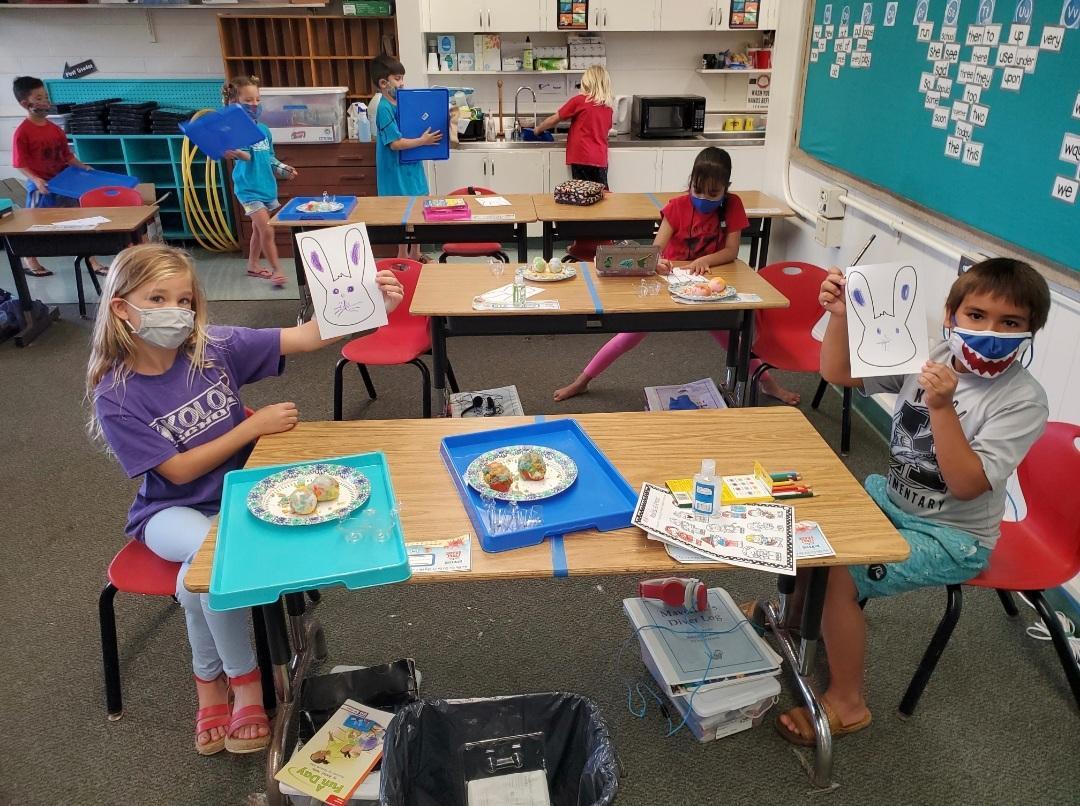
“There are some social issues that are present. Some students are experiencing separation anxiety from parents, grandparents – anyone they spent a lot of time with while being at home.”
“Elementary schools are fully open. New safety protocol are in place for classroom, the cafeteria, water refill stations, playgrounds, and interacting in class is very different. Students cannot share physical things unless it is sanitized. No more sharing snacks and love letters.”
“Overall, the students showed that they have the ability to adapt. They can accept that changes happen, and for the most part are complying with new safety protocols.”
“The whole time, teachers really helped out where they could, from technical support to offering up ideas on ways to effectively converting curriculum. Everyone one wanted to make things better for the students. That’s a great feeling.”
Catching-up with 2010 Grove Farm Foundation Scholar
Grove Farm sends a huge congratulations to 2010 Scholar Natasha Abadilla who will begin her Child Neurology residency at Stanford Childrens Hospital! The Waimea High School graduatehas lived in the Bay Area for nine years while attending Stanford University for both her undergraduate and graduate studies. She is a proud first-generation Filipina-American, global health advocate, and community health educator.
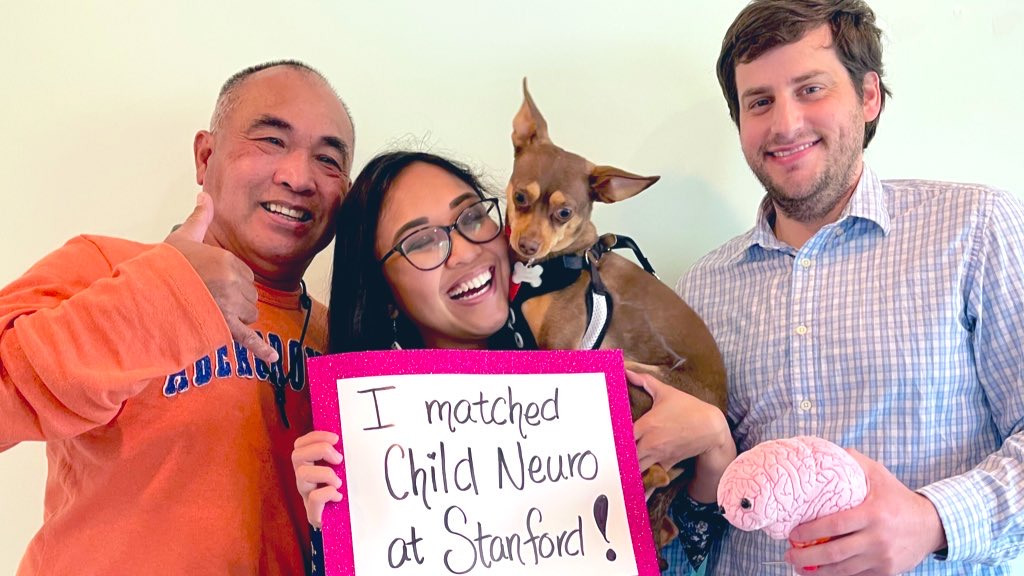
As someone who grew up in a community where the healthcare system could be improved, Natasha has a keen interest in how physicians can most effectively empower and support patients when medical resources are poor. During medical school, her research projects included analyses of language concordance as a major player in long-term post-op pediatric recovery, mixed methods research on informed consent perceptions in Sudan,and explorations into what constitutes a successful post-trauma recovery. She hopes to contribute to the growing body of research aimed at mitigating health disparities and improving patient education in Child Neurology. Natasha hopes to inspire youth on Kauaʻi to shoot for the stars and do big things, and eventually she would love to return home, or at the very least give back to the community who raised her through Kaua‘i-specific health education and advocacy work.
